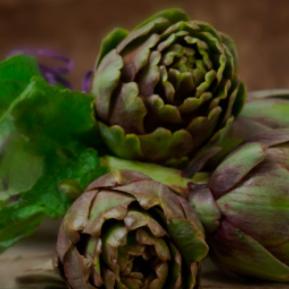Probiotics & Prebiotics
You've probably heard of probiotics and prebiotics, but do you know what they are?
If you want to have a healthy gut, you'll see why getting enough of both probiotics and prebiotics is necessary.
Prebiotic vs Probiotic: what's the difference?

The key to a healthy microflora is nourishing a balance among the nearly 1,000 different species of bacteria in your gut!
There are two ways to maintain this balance: helping the beneficial microbes already there to grow by giving them the foods they like (prebiotic) and adding living microbes directly to your system (probiotic).
Probiotics are live microorganisms that offer benefits to the gut. Simply said, they are the « good » bacteria living in your gut. When taken in sufficient amounts, they can help support the natural balance of gut bacteria.
Prebiotics are the food for the « good » bacteria. They come from the non-digestible fibre in certain foods.
All of us need both prebiotics and probiotics as they work together to support our microflora. Without prebiotics as fuel, your gut microbes would starve. Prebiotics would be of little value to the gut without the presence of beneficial gut bacteria.
Prebiotic Benefits: what they can do for you?
Whilst probiotics get all the attention, prebiotics need their time in the spotlight too! Prebiotics nourish your gut microbiome, support the growth of beneficial bacteria
Partially Hydrolysed Guar Gum (PHGG) can help support beneficial gut bacteria.
PHGG is a plant-based prebiotic fibre that is derived from guar beans. It’s 100% soluble and can be used in cooking and baking. And it’s good for your gut! PHGG can aid in supporting gut health, help relieve flatulence, bloating, and altered bowel habits*.
PHGG helps to:
- Normalise frequency of bowel movements***
- Normalise stool consistency – neither too soft or too hard***
- Nourish the beneficial gut bacteria, rebalancing the intestinal flora**
Good to know!
You probably already consume prebiotics without even realising it, as they naturally occur in plant foods such as asparagus, garlic, onions, apples and even bananas!




